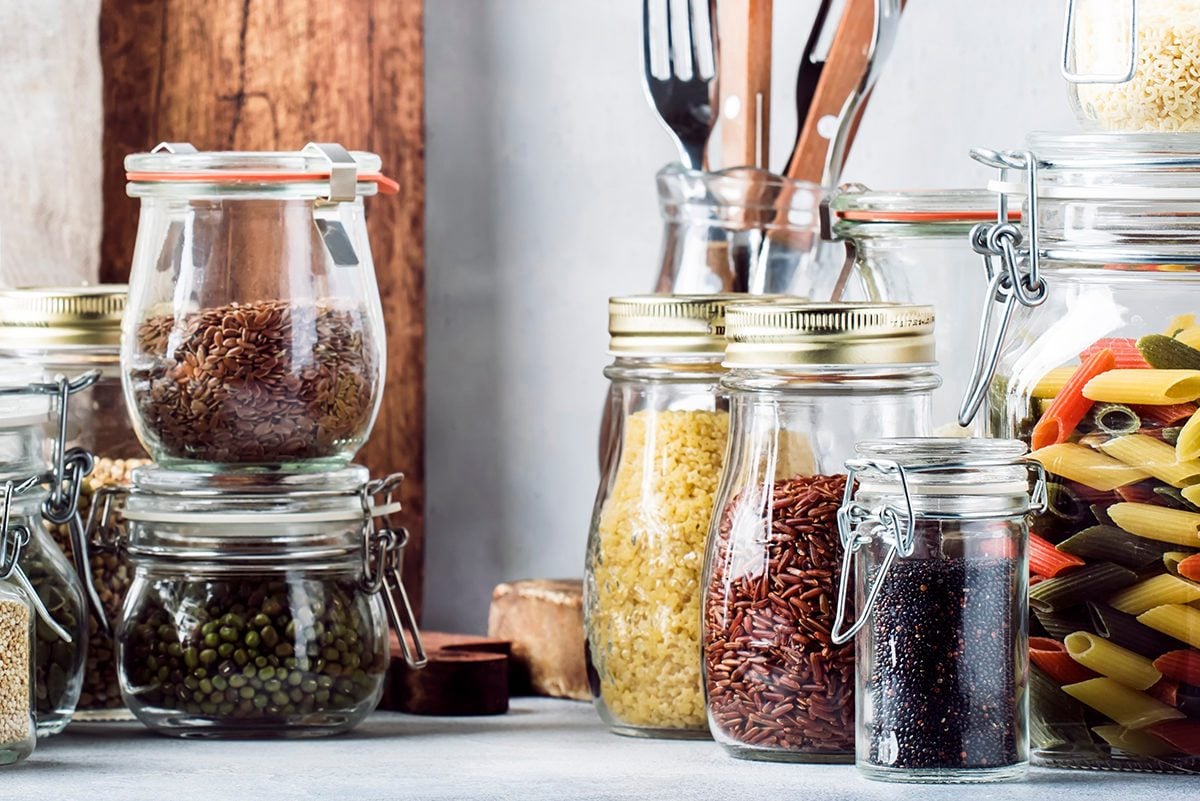

Articles
How To Store Food For Long Term Storage
Modified: January 5, 2024
Learn the best techniques and tips for long term food storage in this informative collection of articles. Safeguard your supplies for the future.
(Many of the links in this article redirect to a specific reviewed product. Your purchase of these products through affiliate links helps to generate commission for Storables.com, at no extra cost. Learn more)
Introduction
When it comes to ensuring the well-being and preparedness of our families, long term food storage is a critical aspect that shouldn’t be overlooked. Whether you’re preparing for a natural disaster, economic downturn, or simply want to have a stockpile of food for emergencies, having a reliable and well-stocked pantry is essential.
In this article, we will delve into the world of long term food storage and explore the importance of having a robust food storage plan in place. We will also discuss the various factors to consider before storing food, the types of food that are suitable for long term storage, the proper containers to use, essential tips to ensure the longevity and quality of stored food, and finally, the common mistakes to avoid.
By the end of this article, you’ll have a comprehensive understanding of how to effectively store food for the long term, allowing you to provide for yourself and your loved ones in any unforeseen circumstances.
Key Takeaways:
- Long term food storage is crucial for emergency preparedness, financial stability, and self-reliance. It provides peace of mind and ensures that you and your loved ones are well-nourished during challenging times.
- Proper storage, rotation, and monitoring of food supplies are essential for maintaining freshness and safety. Avoid common mistakes, stay informed, and regularly update your food storage plan for long term success.
Read more: How To Store Canned Food Long Term
Importance of Long Term Food Storage
Long term food storage is not just a precautionary measure; it is a vital component of emergency preparedness. There are several reasons why having a well-stocked supply of food for the long term is important:
- Emergency Situations: Natural disasters such as hurricanes, earthquakes, or floods can disrupt the regular food supply chain, leaving communities without access to fresh groceries for extended periods. Having a supply of non-perishable foods ensures that you and your family can sustain yourselves during these emergencies.
- Financial Uncertainty: Economic downturns or personal financial crises can also impact your ability to purchase food regularly. By having a stockpile of long-lasting food items, you can ease some of the financial burden during challenging times.
- Pandemics and Health Crises: Recent events like the COVID-19 pandemic have highlighted the importance of being prepared for health emergencies. Long term food storage allows you to limit your exposure to crowded grocery stores and ensure that you have enough supplies to sustain you during periods of quarantine or isolation.
- Self-Reliance: Storing food for the long term empowers individuals and families to become more self-reliant. It eliminates the need to solely depend on external food sources and gives you greater control over your food supply.
- Cost-Saving: Buying food items in bulk and storing them for the long term can save you money in the long run. It allows you to take advantage of sales or discounts and helps you avoid inflation-related price hikes.
By understanding the importance of long term food storage, you can take proactive steps towards building a food supply that can sustain you and your loved ones during challenging times. It brings peace of mind, reduces the stress associated with uncertain situations, and ensures that you are prepared to face whatever circumstances may arise.
Factors to Consider Before Storing Food
Before diving into long term food storage, there are several important factors to consider. These factors will help determine the types of food you store, how much you need, and how to properly store them for optimal longevity:
- Nutritional Value: When selecting foods for long term storage, prioritize items that are nutritionally dense and provide a balanced diet. Look for items that contain a mix of carbohydrates, proteins, fats, vitamins, and minerals to ensure your nutritional needs are met.
- Shelf Life: Each food item has a different shelf life, and it’s important to consider this when planning your storage. Opt for foods with longer shelf lives, such as canned goods, dehydrated fruits and vegetables, and grains with a low moisture content.
- Dietary Restrictions: Take into account any dietary restrictions or allergies within your household when selecting food items for storage. Ensure that you have suitable alternatives available for individuals with specific dietary needs.
- Taste and Variety: Long term food storage doesn’t have to be bland. Consider the taste and variety of the food items you choose. Having a variety of flavors and textures will help maintain morale and make meals more enjoyable during stressful situations.
- Storage Space: Evaluate the space you have available for storing food. Consider the storage conditions, such as temperature and humidity levels, as they can impact the longevity of certain food items.
- Lifestyle and Cooking Abilities: Consider your lifestyle and cooking abilities when choosing food items. Opt for items that require minimal preparation and cooking, especially in situations where resources may be limited.
- Emergency Duration: Assess the potential duration of the emergency or crisis you are preparing for. Plan your food storage accordingly, ensuring that you have enough supplies to sustain you for the expected period.
- Cost: Consider your budget when selecting food items for storage. It’s important to strike a balance between cost and quality. Look for sales or discounts to help stretch your budget while still maintaining a well-rounded supply of food.
By taking these factors into account, you can make informed decisions about the types and quantities of food to store. This will help ensure that you have a well-balanced, sufficient, and varied food supply to meet your needs during times of emergencies or uncertainty.
Types of Food for Long Term Storage
When it comes to long term food storage, it’s important to choose food items that have a long shelf life, are nutrient-dense, and can withstand storage conditions without compromising quality. Here are some types of food that are ideal for long term storage:
- Grains: Grains such as rice, wheat, oats, and barley are excellent choices for long term storage. They have a long shelf life and provide essential carbohydrates for energy. Opt for whole grains as they contain more nutrients and are less prone to spoilage.
- Canned Foods: Canned foods have a long shelf life and contain essential nutrients. Items like canned fruits, vegetables, meats, and soups are convenient and can be easily incorporated into meals during emergencies. Opt for low-sodium and no-added-sugar options whenever possible.
- Dried Beans and Legumes: Beans and legumes, including lentils, chickpeas, and kidney beans, are excellent sources of protein and fiber. They have a long shelf life and can provide a nutritious base for a variety of meals.
- Dehydrated Fruits and Vegetables: Dehydrated fruits and vegetables retain their nutritional value and have a significantly longer shelf life compared to fresh produce. They are lightweight, take up less space, and can be rehydrated for use in recipes or enjoyed as healthy snacks.
- Powdered Milk and Dairy Products: Powdered milk and other dairy products like powdered cheese and butter can be useful in long term storage. These items can provide a source of calcium and protein when fresh options are not available.
- Nuts, Seeds, and Nut Butters: Nuts and seeds, such as almonds, peanuts, and chia seeds, provide essential healthy fats and protein. They have a longer shelf life when stored properly, and nut butters can be a great source of energy and nutrients.
- Pasta and Noodles: Pasta and noodles have a long shelf life and are versatile ingredients for creating meals. Opt for whole wheat or legume-based options for added nutritional value.
- Spices, Salt, and Condiments: While not providing significant nutritional value, spices, salt, and condiments play a crucial role in adding flavor to meals during emergencies. They can uplift morale and make stored food more enjoyable.
Remember to rotate and replenish your stored food supply regularly to ensure freshness and maintain the nutritional quality of the items. Additionally, don’t forget to store an adequate supply of clean drinking water to complement your stored food items.
By including a variety of these long-lasting food items in your storage plan, you can create a well-rounded and nutritious food supply that will sustain you during extended periods of need.
Proper Containers for Food Storage
Choosing the right containers for food storage is crucial to maintain the quality and longevity of your stored food items. Here are some considerations when selecting containers:
- Airtight and Moisture-Resistant: Opt for containers that are airtight and moisture-resistant to prevent exposure to air, humidity, and pests. This helps to preserve the freshness and quality of the stored food items. Plastic or glass containers with tight-fitting lids are excellent options.
- Food-Grade Materials: Make sure the containers you choose are made of food-grade materials that are safe for storing food. Look for containers that are labeled as BPA-free and meet food safety standards.
- Opaque or UV-Resistant: Protect your food items from light exposure by using opaque or UV-resistant containers. Direct sunlight can degrade the quality of certain foods and decrease their shelf life.
- Durable and Stackable: Choose containers that are durable and stackable to optimize storage space. This allows for efficient organization and easy access to your stored food items.
- Proper Sizing: Select containers of appropriate sizes to accommodate the quantity of food you plan to store. Avoid using containers that are too large for the amount of food, as excess air within the container can lead to faster spoilage.
- Freezer and Microwave Safe: If you plan to store food items in the freezer or use the containers for reheating, ensure they are freezer and microwave safe. This allows for convenient storage and easy preparation of meals.
- Transparent or Labeled: Consider using transparent containers or labeling the containers with the contents and storage dates. This aids in easy identification and rotation of your food supply.
- Additional Protection: For an extra layer of protection, you can use Mylar bags or vacuum-sealed bags to store individual food items before placing them in larger containers. This helps to extend the shelf life and protect against moisture and pests.
It’s important to note that different types of food may have specific storage requirements. For example, some items may require oxygen absorbers or desiccant packs to maintain freshness. Be sure to follow the recommended storage guidelines for each specific food item.
Investing in proper containers for long term food storage is essential to keep your stored food fresh, safe, and ready for consumption when needed. It helps to ensure that your efforts in building a comprehensive food supply are not compromised by improper storage methods.
Vacuum sealing food before storing it can help extend its shelf life by removing air and preventing oxidation. This can help preserve the quality and freshness of the food for long term storage.
Read more: How To Store A Rug Long Term
Essential Tips for Storing Food Long Term
To maximize the longevity, quality, and safety of your stored food, here are some essential tips to keep in mind:
- Proper Temperature and Storage Conditions: Store your food in a cool, dry, and dark place. Temperature fluctuations and exposure to heat can accelerate deterioration and spoilage of food. Aim for a temperature between 50°F and 70°F (10°C to 21°C) for optimal storage conditions.
- Rotate and Date Your Supplies: Practice the principle of “first in, first out” (FIFO) when it comes to using your stored food. Regularly rotate your supplies, using the oldest items first, to ensure freshness. Label containers with the storage date to keep track of their shelf life.
- Keep Out Moisture and Pests: Moisture and pests can significantly degrade the quality of your stored food. Use moisture absorbers or desiccant packs to reduce moisture levels. Keep food containers sealed tightly to keep out pests such as rodents and insects.
- Avoid Exposure to Oxygen: Oxygen can lead to spoilage and degradation of food items. Consider using oxygen absorbers in your containers to create an oxygen-free environment. This helps to extend the shelf life and maintain the nutritional value of the stored food.
- Regularly Inspect and Maintain: Regularly inspect your stored food for any signs of damage, spoilage, or pest infestation. Replace damaged containers or compromised food items promptly to prevent contamination or the spread of pests.
- Organize and keep a inventory: Maintain an inventory of your stored food items and keep them organized. This helps you keep track of what you have, ensures proper rotation, and prevents food waste.
- Educate yourself on food preservation: Learn about different methods of food preservation, such as canning, dehydrating, or vacuum sealing. This knowledge can help you make informed decisions about the best storage methods for various types of food.
- Consider special dietary needs: If you or someone in your household has special dietary needs, make sure to store appropriate foods that cater to those requirements. Gluten-free, dairy-free, or vegetarian options should be considered, if necessary.
- Use and rotate consumables: Alongside food, don’t forget to stock up on other consumables like matches, batteries, and medications that may be necessary during emergencies to ensure your overall well-being.
- Regularly Review and Update: Revisit your food storage plan periodically to ensure it aligns with your current needs and any changes in dietary preferences or family size. Update your supplies accordingly to maintain an effective long term food storage system.
By following these essential tips, you can ensure that your stored food remains fresh, safe, and ready to be consumed during times of emergencies or when regular food sources are not readily available.
Rotation and Monitoring of Stored Food
Proper rotation and monitoring of stored food is essential to maintain the quality, freshness, and safety of your food supply. Here are some important guidelines to follow:
- First In, First Out (FIFO) Principle: Follow the FIFO principle when using your stored food items. Use the oldest items first and replace them with new supplies at the back of your storage space. This ensures that your food supply remains fresh and minimizes the risk of food spoilage.
- Incorporate Stored Food into Your Regular Meals: Regularly incorporate the stored food into your everyday meals and snacks. This helps to rotate through your supplies and prevents them from sitting untouched for an extended period.
- Regularly Check for Signs of Spoilage: Periodically inspect your food containers for any signs of spoilage, such as mold, off smells, or changes in texture. Discard any items that show signs of deterioration to prevent contamination of other food items.
- Monitor for Pest Infestation: Keep a watchful eye for any signs of pest infestation, such as chewed packaging, droppings, or bugs. Implement proper pest control measures promptly if you notice any signs of pests.
- Record and Maintain Inventory: Keep a detailed inventory of your stored food items. This helps you monitor what you have and plan your meals accordingly. Update the inventory regularly to reflect any changes or additions to your food supply.
- Check Expiration Dates: Stay mindful of the expiration dates on the food items and rotate them accordingly. Use up items that are nearing their expiration dates and replace them with fresh supplies to maintain a well-stocked and up-to-date food supply.
- Monitor Storage Temperature and Conditions: Regularly monitor the storage temperature and conditions to ensure they remain within the recommended range. Fluctuations in temperature or excessive humidity can compromise the shelf life and quality of stored food.
- Replenish and Reevaluate: Periodically reassess your food storage needs and replenish your supplies as necessary. Consider any changes in dietary preferences, family size, or special requirements to ensure that your food storage plan remains relevant and effective.
- Keep Records of Consumables: Alongside food items, maintain records of other consumables like water, medication, or personal care items. This helps you stay informed about their expiration dates and ensures you have an adequate supply when needed.
- Stay Informed: Stay updated on the latest food safety guidelines and best practices for long term food storage. Keep yourself informed about any recalls or new information that may impact the safety of stored food items.
By implementing a regular rotation and monitoring system, you can ensure that your stored food remains fresh, safe, and in optimal condition. This allows you to confidently rely on your food supply during times of emergencies or when access to regular groceries is limited.
Common Mistakes to Avoid in Long Term Food Storage
When it comes to long term food storage, there are several common mistakes that people make. Being aware of these mistakes can help you avoid them and ensure the effectiveness of your food storage plan. Here are some common mistakes to avoid:
- Not Rotating the Food: One of the most common mistakes is neglecting to rotate the stored food. It’s important to use the older items first and replace them with fresh supplies. This prevents food from going to waste and ensures that your supply remains fresh.
- Improper Packaging: Improper packaging can lead to spoilage and contamination of food items. Avoid using subpar containers that are not airtight or moisture-resistant. Inadequate packaging can allow air, moisture, and pests to compromise the quality and safety of your food.
- Not Monitoring Storage Conditions: Neglecting to monitor storage conditions can have a negative impact on your stored food. Fluctuations in temperature, exposure to light, and excess humidity can shorten the shelf life and degrade the quality of the food. Regularly check and maintain proper storage conditions.
- Ignoring Expiration Dates: Ignoring expiration dates can result in consuming expired or spoiled food. It’s important to take note of the expiration dates and rotate your food supply accordingly. Using expired items can lead to foodborne illnesses or reduced nutritional value.
- Storing Inappropriate Foods: Not all food items are suitable for long term storage. Some foods, like fresh produce or items with high moisture content, are not ideal for extended storage. Choose foods with longer shelf lives and proper packaging to ensure the longevity of your stored food.
- Not Having a Diverse Food Supply: Relying solely on a single type of food item can lead to a monotonous and unbalanced diet. It’s important to store a variety of food items to meet nutritional needs and provide a diverse range of flavors and textures in your meals.
- Forgetting to Consider Dietary Restrictions: If you or someone in your household has specific dietary restrictions or allergies, it’s important to store suitable food items. Failing to consider these needs can lead to a lack of proper nutrition and potentially compromise health.
- Failure to Maintain and Inspect Supplies: Regular maintenance and inspection of your stored food supplies are essential. Failure to do so can result in unnoticed spoilage, contamination, or pest infestation. Take the time to inspect your stored food items and replace any compromised items promptly.
- Overlooking Proper Water Storage: Water is a vital component of any emergency preparedness plan. Neglecting to store an adequate supply of clean drinking water can jeopardize your survival. Ensure you have sufficient water stored in appropriate containers for emergencies.
- Not Having an Emergency Plan: Storing food is just one aspect of emergency preparedness. Failing to have a comprehensive emergency plan in place can leave you ill-prepared during a crisis. Consider factors like evacuation routes, communication plans, and other essentials beyond food storage.
By avoiding these common mistakes, you can enhance the effectiveness of your long term food storage plan and ensure that your stored food remains safe, nutritious, and suitable for consumption during emergencies or challenging situations.
Conclusion
Long term food storage is an essential aspect of emergency preparedness and ensuring the well-being of your family during challenging times. By understanding the importance of long term food storage, considering essential factors, and following proper guidelines, you can create a comprehensive and reliable food supply to rely on.
Choosing the right types of food items, using proper containers, and implementing essential tips such as rotation and monitoring, are key to maintaining the quality, freshness, and safety of your stored food. Avoiding common mistakes and regularly reviewing and updating your food storage plan will help ensure its effectiveness and relevance over time.
Whether you’re preparing for natural disasters, economic uncertainties, or unexpected emergencies, long term food storage provides a sense of security and self-reliance. It allows you to take control of your food supply and ensures that you and your loved ones are well-nourished during times of crisis.
Remember to stay informed about food safety guidelines, maintain proper storage conditions, and be mindful of dietary restrictions within your household. Regularly rotate your supplies, monitor for signs of spoilage or pest infestation, and keep an organized inventory to effectively manage your food storage system.
By taking the necessary steps to properly store food for the long term, you can have peace of mind knowing that you are prepared to provide for yourself and your family in any unforeseen circumstances. Long term food storage is an investment in your well-being and a key element of a comprehensive emergency preparedness plan.
Frequently Asked Questions about How To Store Food For Long Term Storage
Was this page helpful?
At Storables.com, we guarantee accurate and reliable information. Our content, validated by Expert Board Contributors, is crafted following stringent Editorial Policies. We're committed to providing you with well-researched, expert-backed insights for all your informational needs.









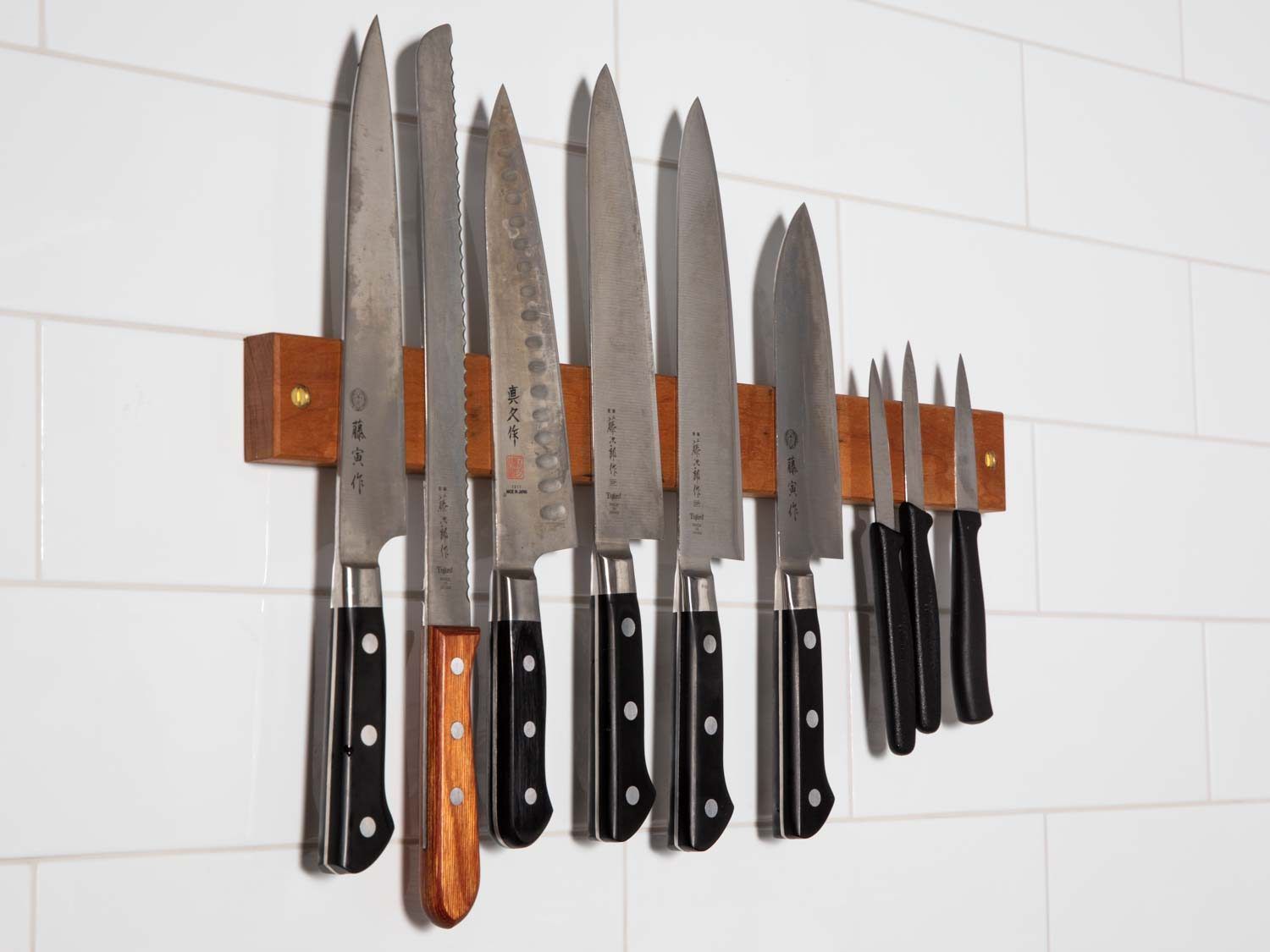

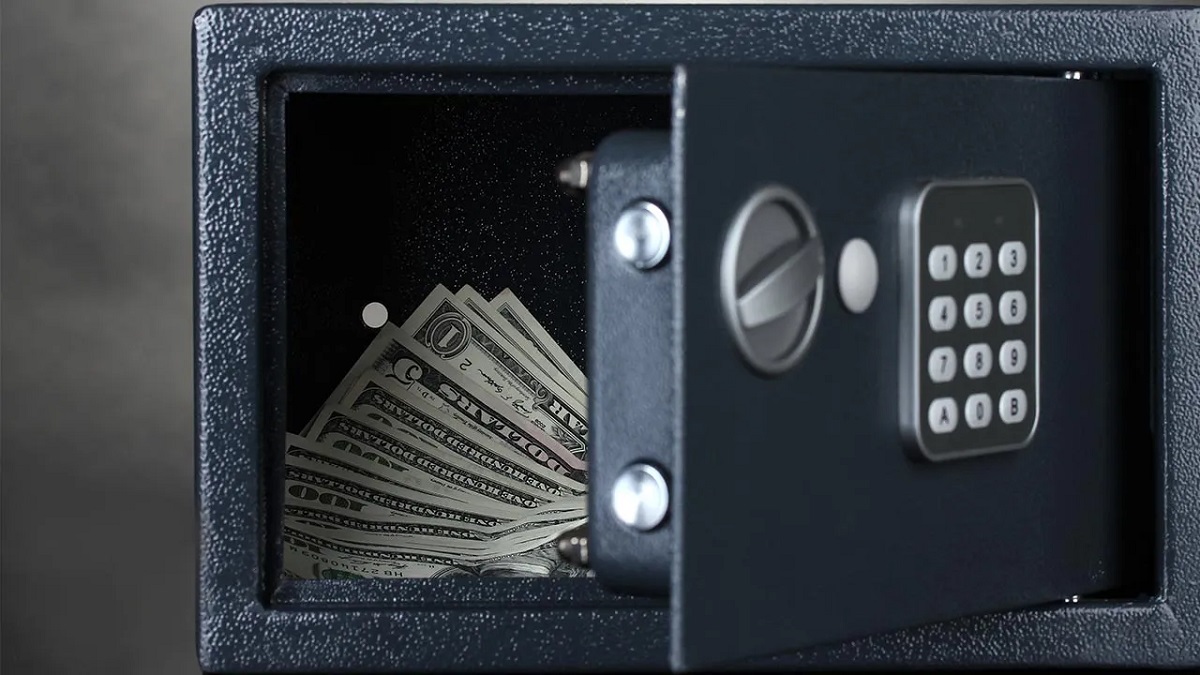
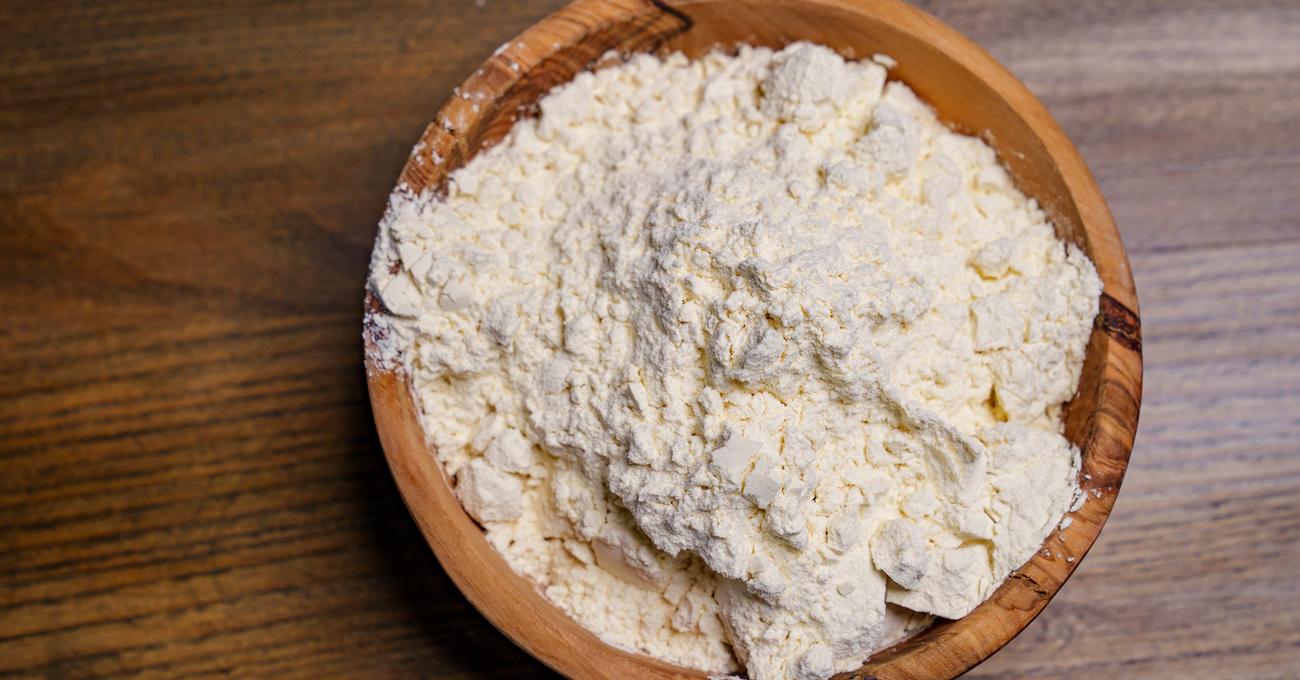
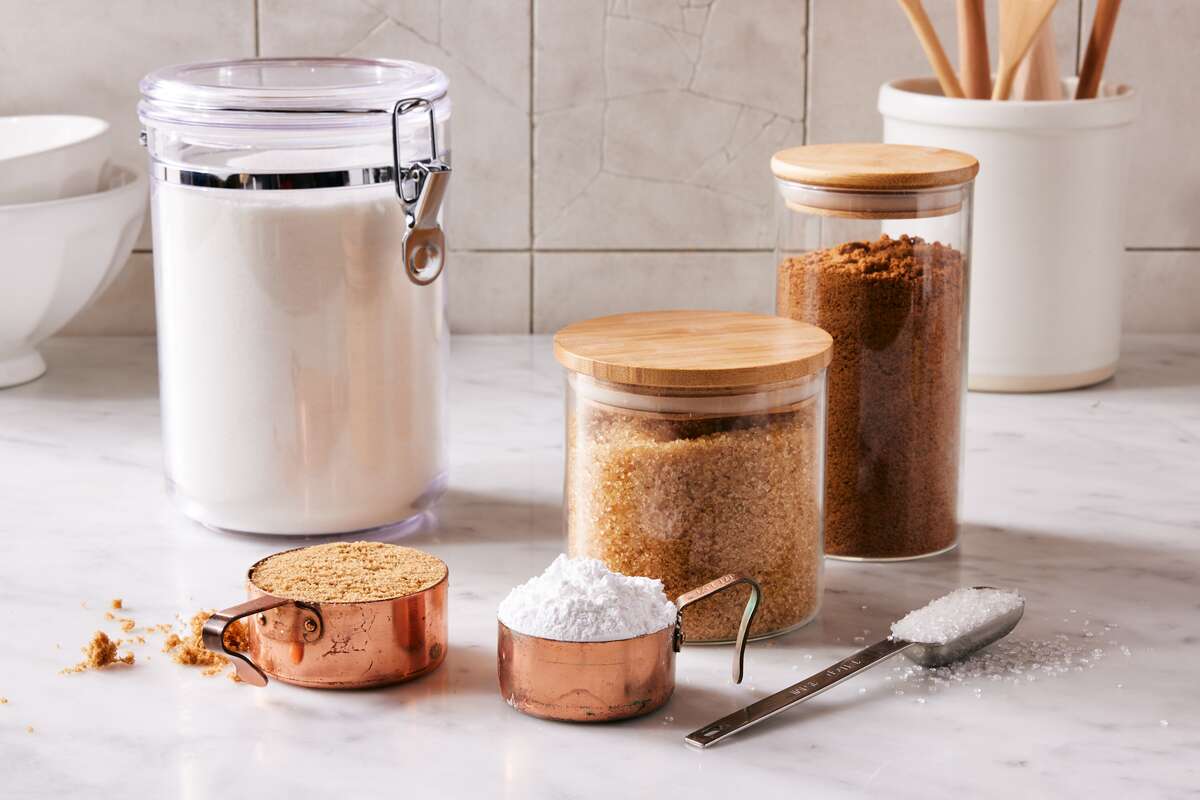

0 thoughts on “How To Store Food For Long Term Storage”